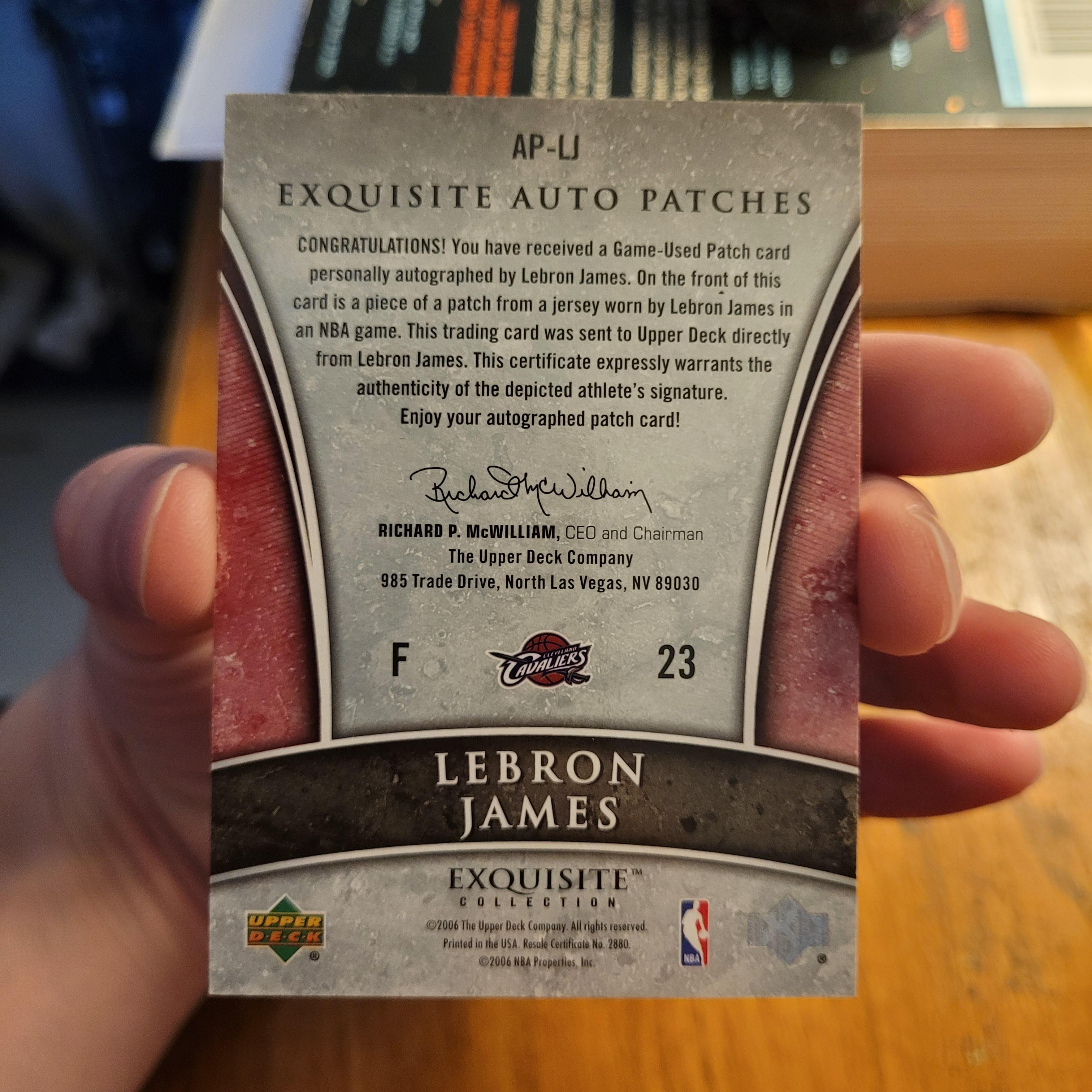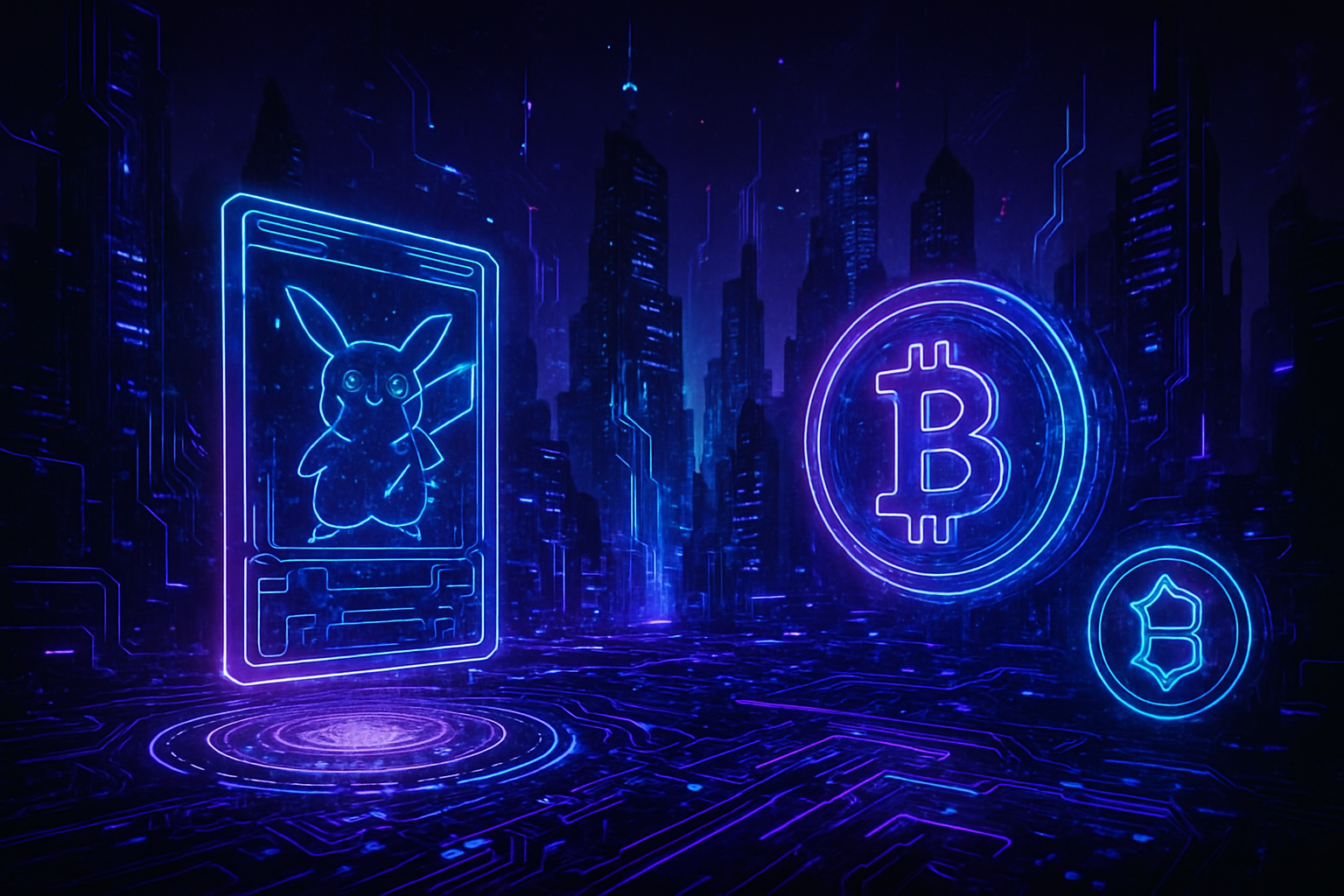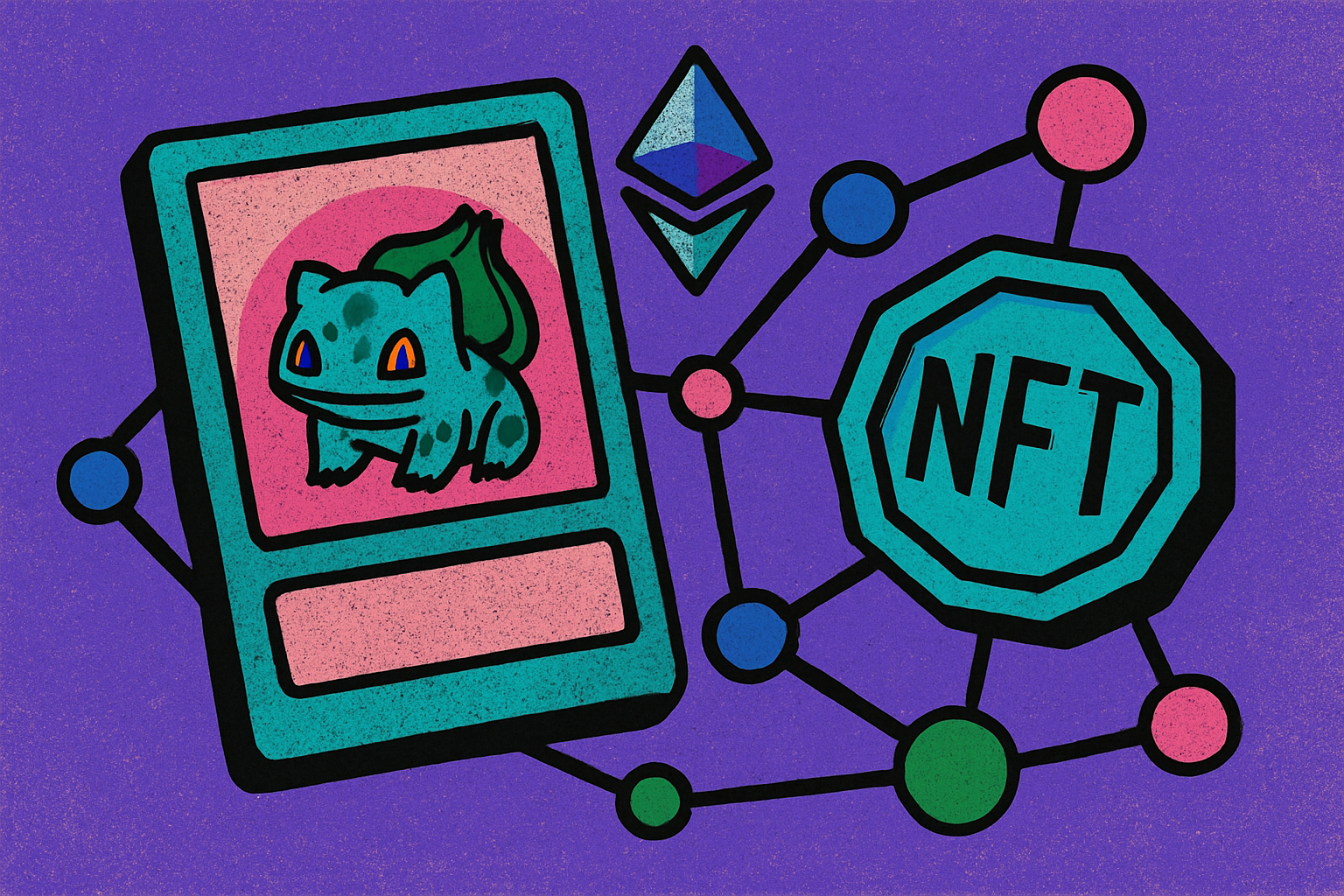
In the fast-evolving world of trading card collectibles, authenticity is everything. As more collectors and investors look to merge their passion for Pokémon, Magic: The Gathering, and other iconic cards with the power of blockchain, tcgonchain. com has emerged as a leader in bridging the gap between physical assets and digital ownership. But how does tcgonchain ensure that every tokenized trading card NFT truly represents a real-world, authenticated collectible? Let’s explore the rigorous processes and cutting-edge technology underpinning tcgonchain authenticity.
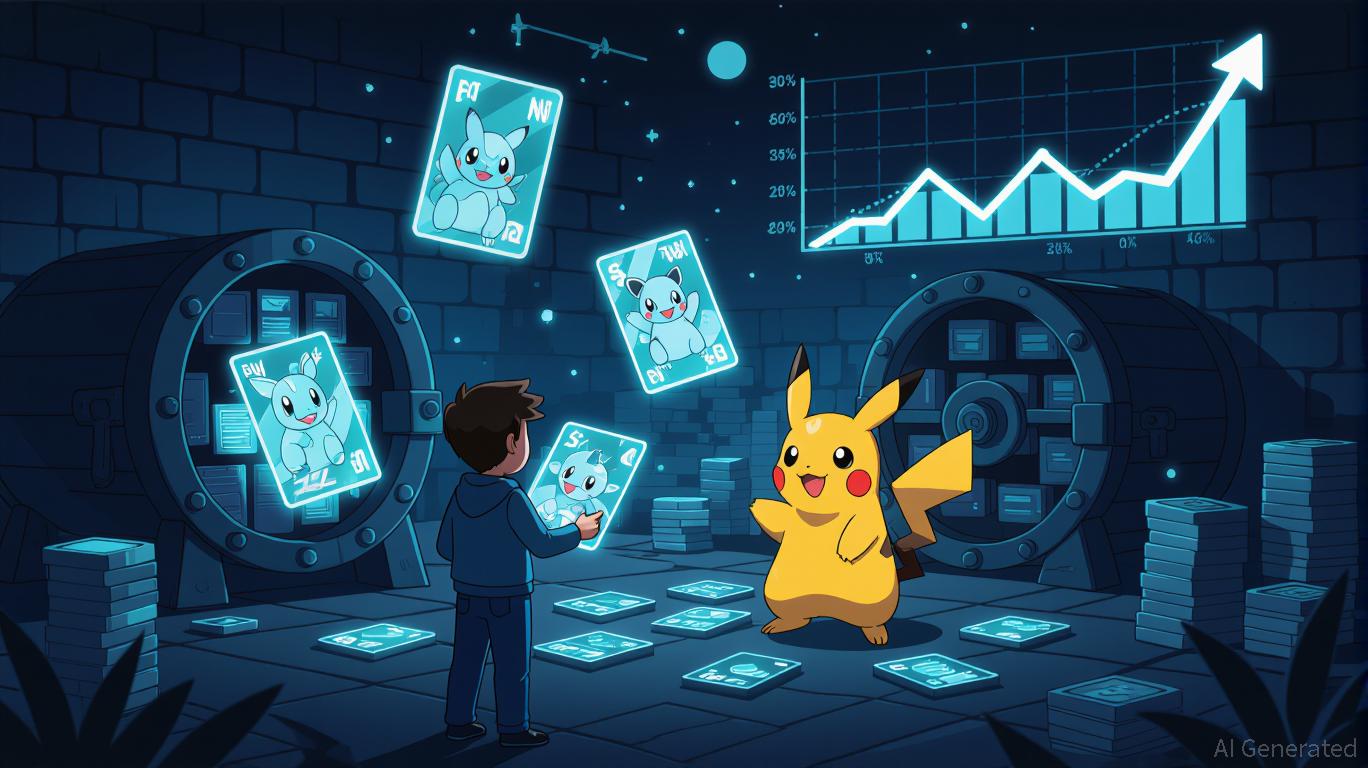
Professional Grading Meets Blockchain Security
The journey begins with professional grading and authentication. Before any card is tokenized on tcgonchain. com, it undergoes meticulous evaluation by trusted third-party services like PSA or Beckett. These industry leaders assess the card’s condition, rarity, and legitimacy, ensuring that only genuine collectibles enter the ecosystem. Once certified, each card receives a unique grade that instantly adds value and trust for both buyers and sellers.
This physical verification is only the first step. Once authenticated, cards are securely stored in high-security vaults designed to protect against theft or damage. Only then does tcgonchain initiate its robust tokenization process, minting a one-of-a-kind NFT on the blockchain that serves as an immutable digital twin of your collectible. This ensures a transparent link between your NFT and its real-world counterpart, a core pillar of RWA card authentication.
Immutable Proof: How Blockchain Verifies Ownership
The magic happens on-chain. Each NFT minted by tcgonchain carries a specific digital signature embedded in its smart contract, an unchangeable record on the blockchain ledger. This signature not only verifies ownership but also certifies authenticity and scarcity, making it virtually impossible for counterfeit cards or duplicate NFTs to circulate within the platform.
Key Steps in tcgonchain’s NFT Verification Process
-
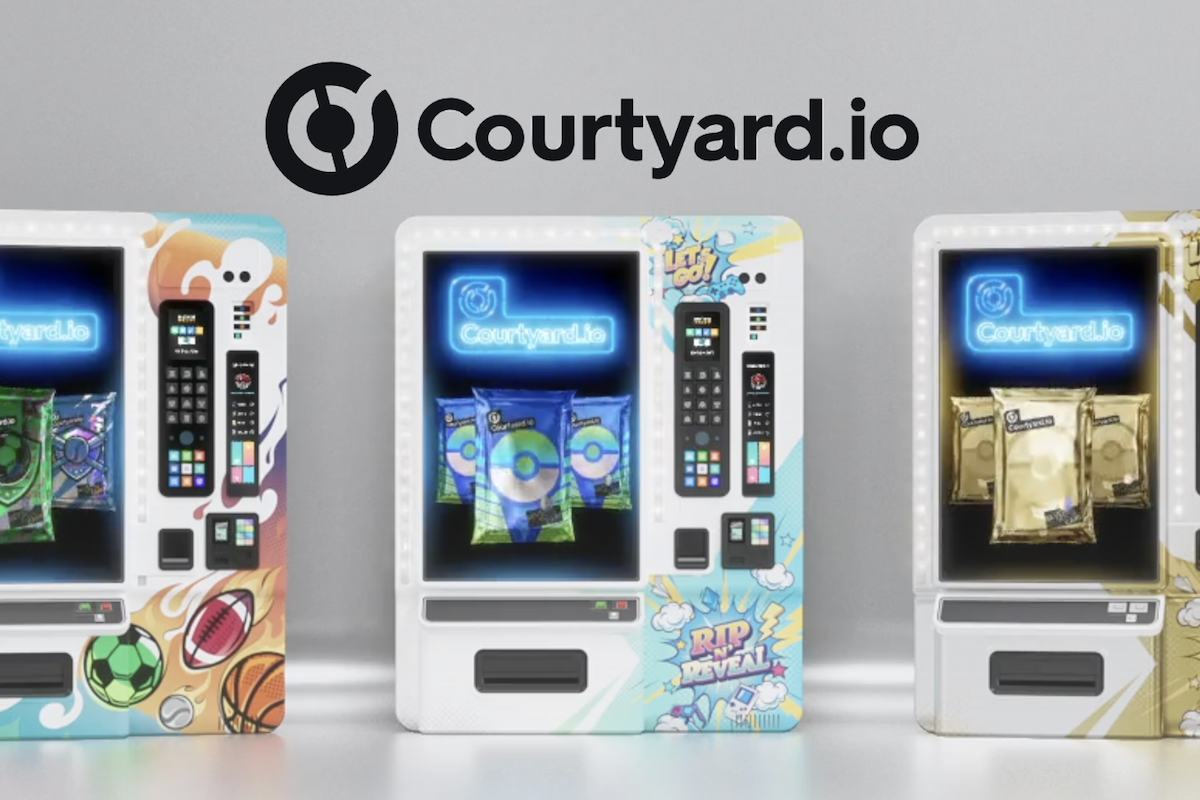
Tokenization on Blockchain: After authentication, the card is securely stored and a unique NFT is minted on a public blockchain. This NFT serves as a digital certificate, linking directly to the physical card and confirming its provenance.
-
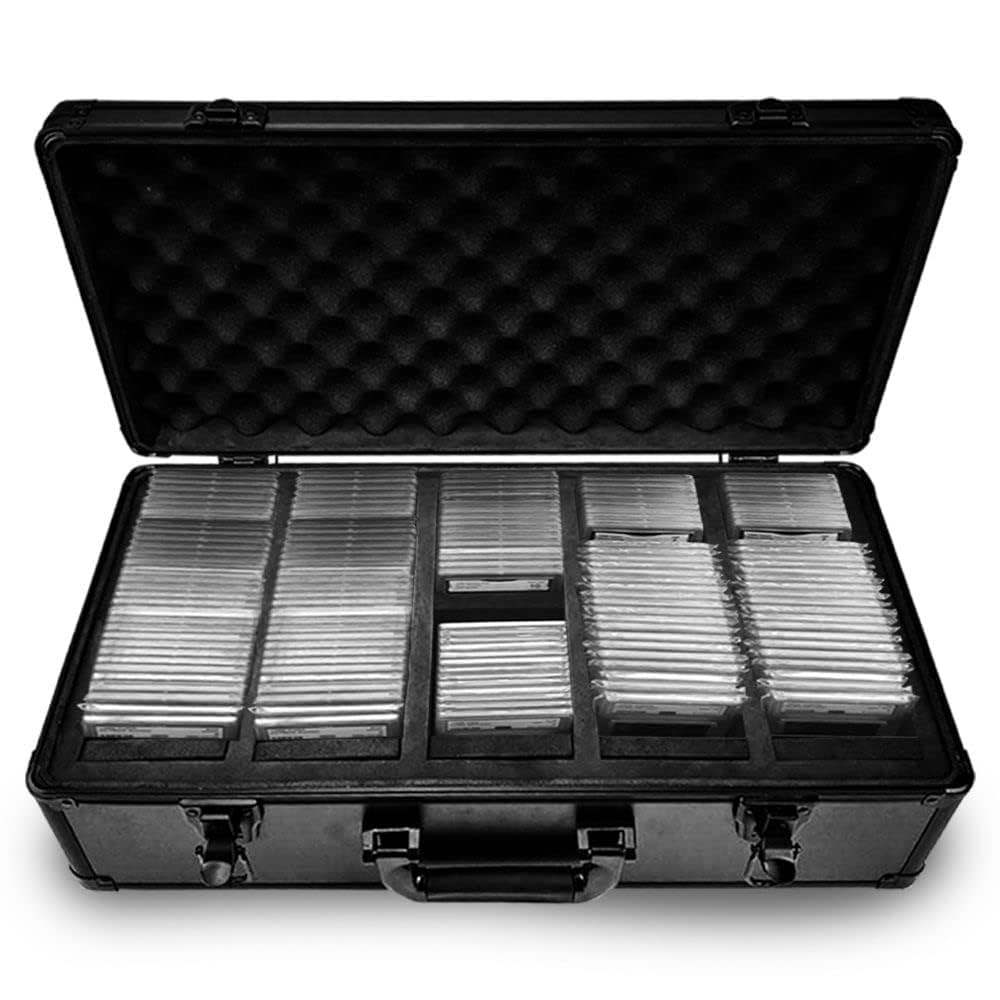
Secure Physical Storage: The authenticated cards are placed in secure vaults or custody solutions, protecting them from theft, loss, or damage. The NFT remains tradable while the physical card is safely stored.
-
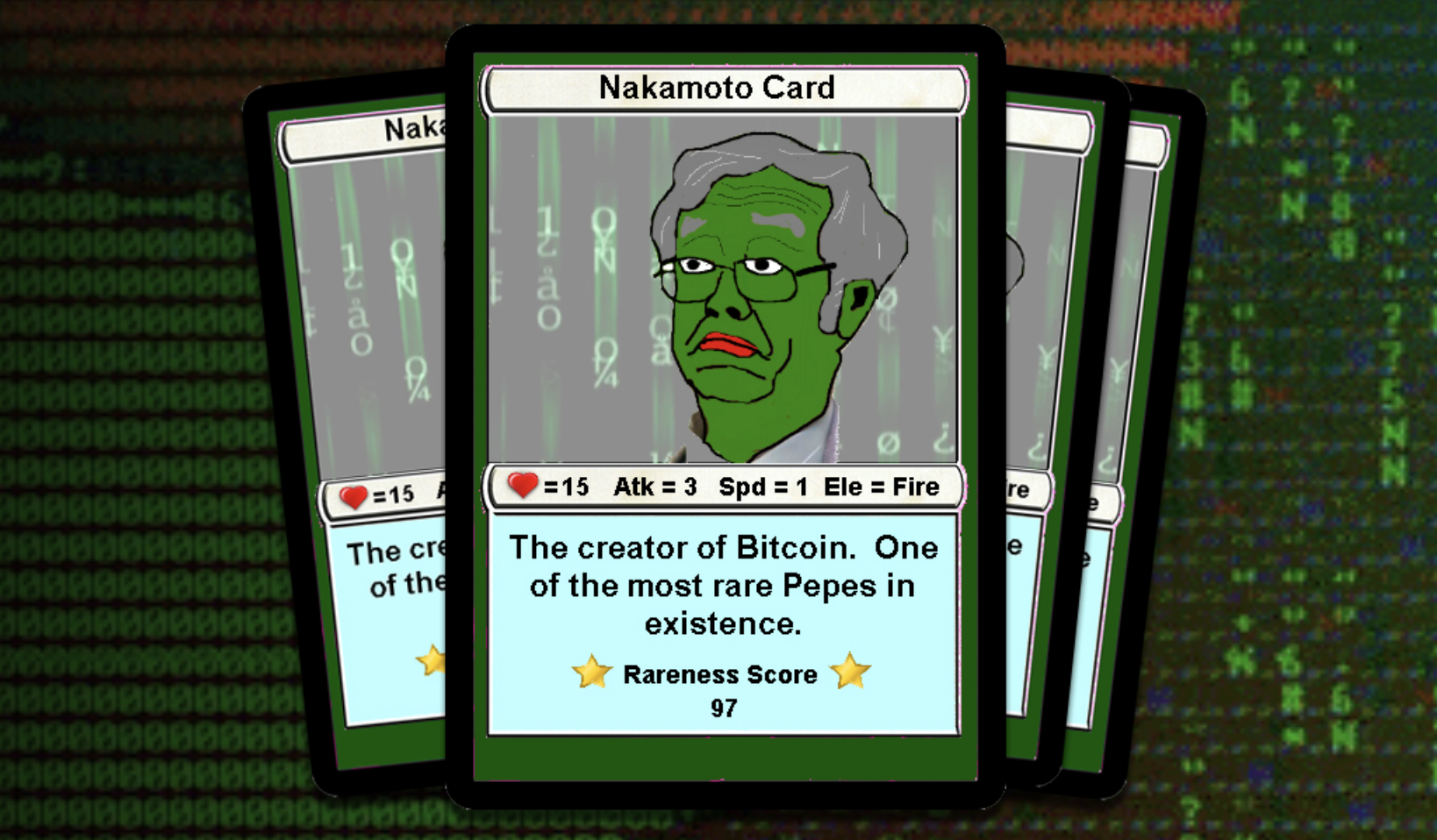
Blockchain Transparency and Traceability: All NFT ownership and transaction records are stored on the blockchain, providing an immutable and transparent history. This transparency helps prevent fraud and builds trust among collectors.
This approach aligns with industry best practices highlighted by Forbes and CoinLedger: verified collections are among the most reliable ways to confirm an NFT’s legitimacy. On tcgonchain. com, every transaction, from initial minting to secondary sales, is transparently recorded on-chain. Collectors can easily trace provenance back to professional grading events, reinforcing confidence in every purchase.
Secure Custody: Protecting Your Physical Collectibles
A critical aspect often overlooked in other platforms is secure storage and custody. On tcgonchain. com, after authentication and tokenization are complete, your physical trading cards remain safely stored in monitored vaults for as long as you own their corresponding NFTs. This not only prevents damage or loss but also guarantees that each digital asset remains backed by its tangible counterpart, a crucial requirement for true NFT collectible security.
This model empowers global collectors to buy, sell, or trade rare cards instantly without ever worrying about logistics or cross-border shipping risks. And if you ever wish to redeem your physical card? Simply initiate a withdrawal request, tcgonchain’s transparent process ensures you receive exactly what you own on-chain.

